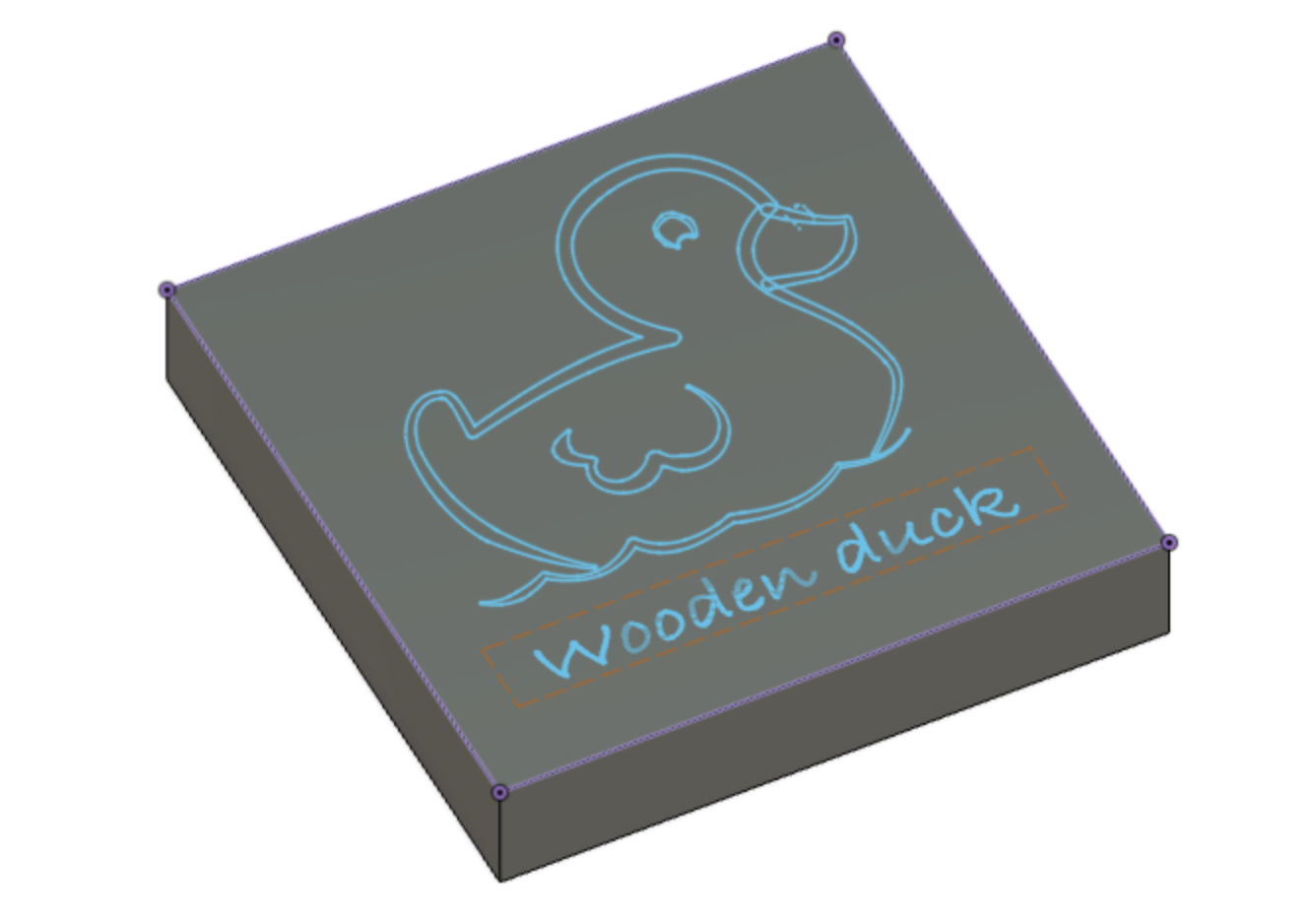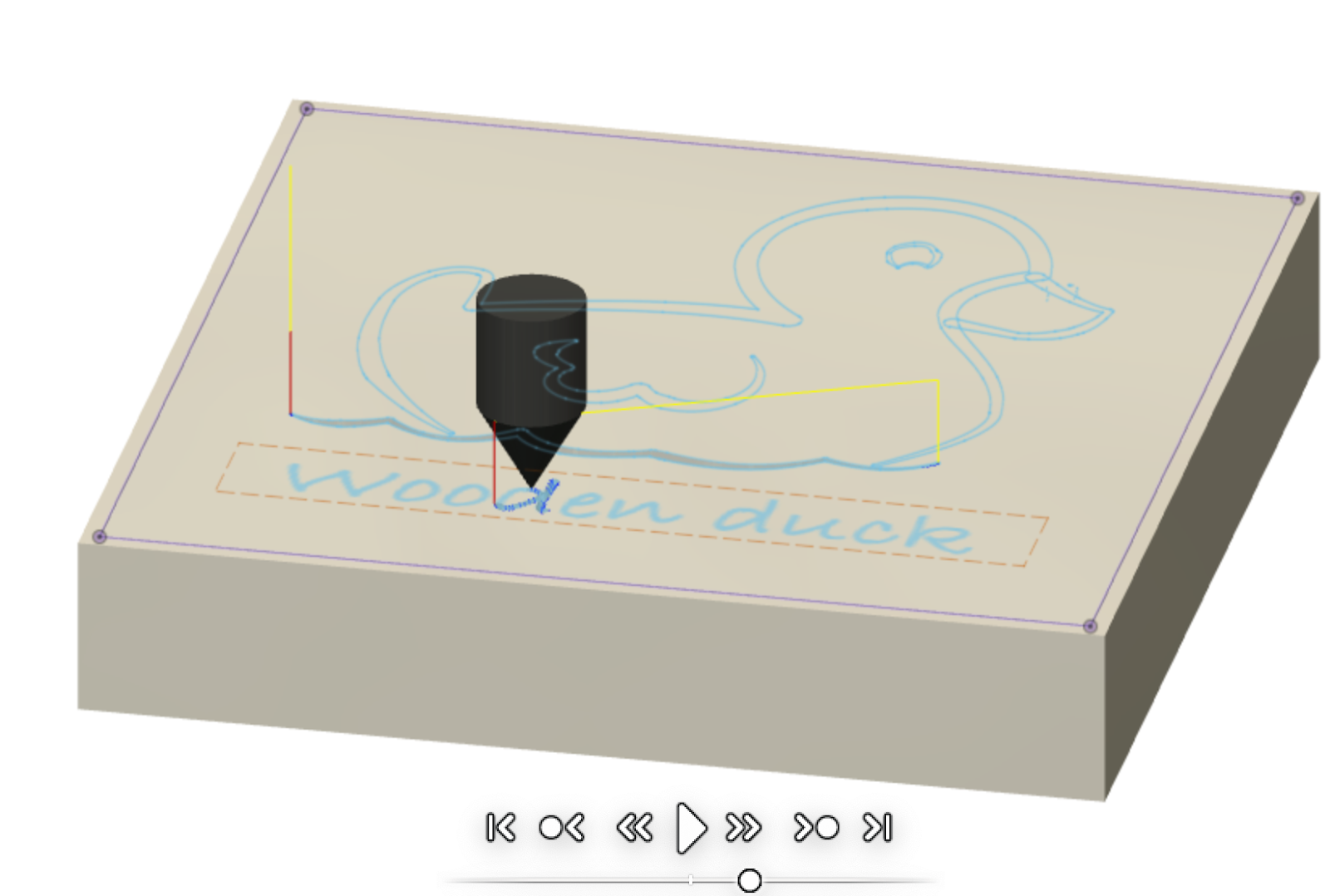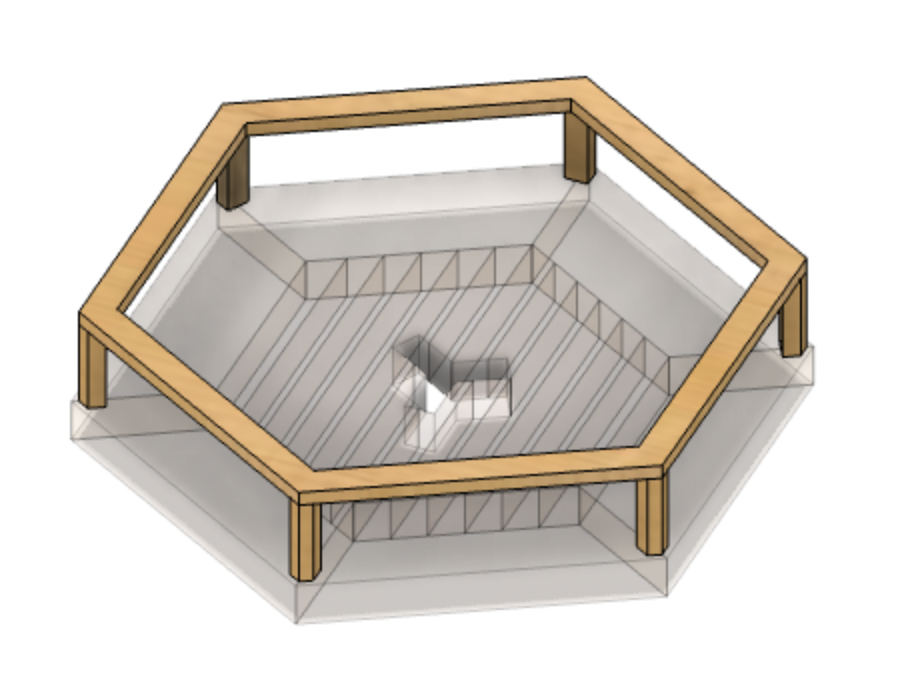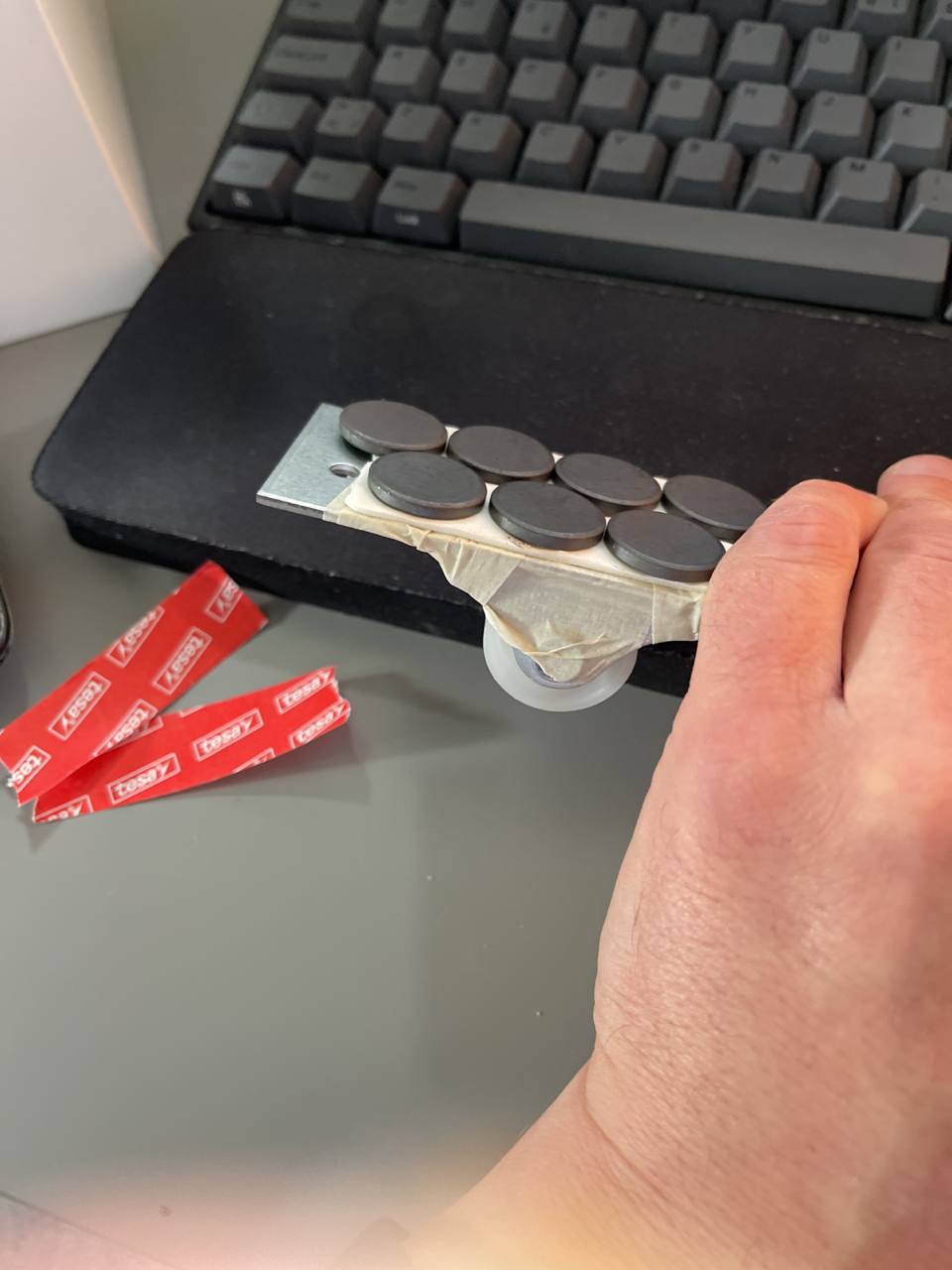Sharp tools are an absolute must when working with wood. I'm totally new to this, so I'm just fiddling in the dark to find my way of doing it.
The way I do it is most likely wrong but it does get me to the point of being able to shave arm hair, which seems to be the universal way of telling if something is sharp according to YouTube videos.
Currently I only own diamond sharpening plates in four differents grit values. (200, 400, 600 and 1000 I think). Start by using the 200 grit plate and move your way up to the 1000 grit plate. Only paid about $10 for the plates in total. So no high end stuff here.
For sharpening whilst working, I only use the 1000 grit. If you need to sharpen from a totally dull tool, start at 200 and repeat the steps for each grit value.
I'm also using the plates dry. It seems to work, don't know if this will ruin the plate faster or not. See what works for you.
Flatten the back
The back needs to be as flat as possible. Lay the chisel down on the flat side and move it in an eight-figure all over the plate until you see that some material has been removed, especially at the top of the chisel (aka the sharp edge). Apply a small amount of pressure, but less than you think. The most important thing is to keep it flat.
Any time you sharpen an edge, burr will build up on the other side. This needs to be removed. For the lower grit values a gently flip the chisel over and drag it towards me, with low pressure. For finer grit values I use a piece of soft wood. I guess a strip of leather would be better, but I have no cows close to me at the moment.
The bevel
The cutting side, or the bevelled side of the chisel should be cut in two angles. A long 25 degree angle and a really short 30 degree angle at the top. The reason for this is to reduce the time needed to sharpen your chisel since you only need to sharpen the 30 degree angle. When the short section becomes too long you need to resharpen to 25 degrees and then add a new 30 degree bevel.
The easiest way to get a consistent angle is to buy a jig that ensures that the chisel is meeting the plate at the expected angle. I didn't have a jig so I used some adhesive tape and eyeballed a 30 degree angle.
I stuck a small piece of wood to another larger piece of wood to create a template so that I didn't have to repeat the process of measuring (eye-balling) for each chisel.
And finish off by removing the burr by gently drag the other side towards you. (This should be a piece of soft wood, so imagine that in your head)!
The result
My arms have never been smoother. For me, this works. It will be fun to see how long the plates last. The end goal is to get some wet stones to compare the results at a later stage.
Improvements
For a future version of this complicated jig I'll try out adding a powerful magnet instead of the adhesive tape. Tape is expensive and it would be a lot quicker to snap on and off the chisel instead. The only question now is to figure out what strength of magnet that would be enough to hold it, but still removable without pulling hard on very sharp chisels.















































